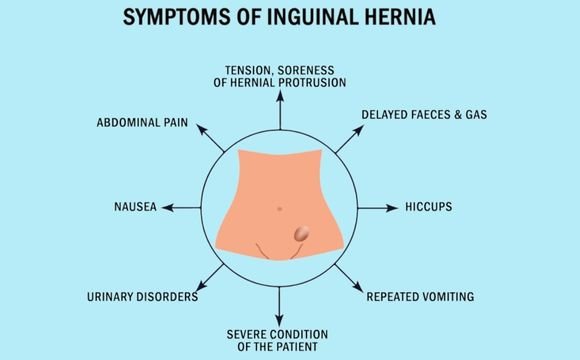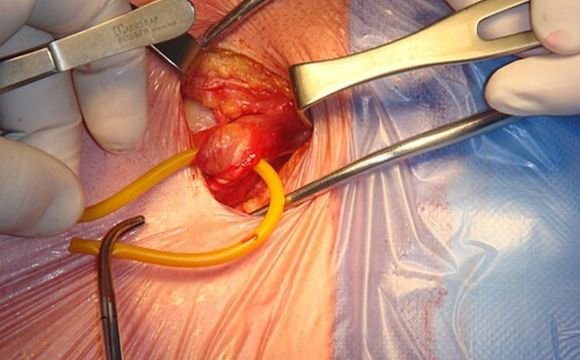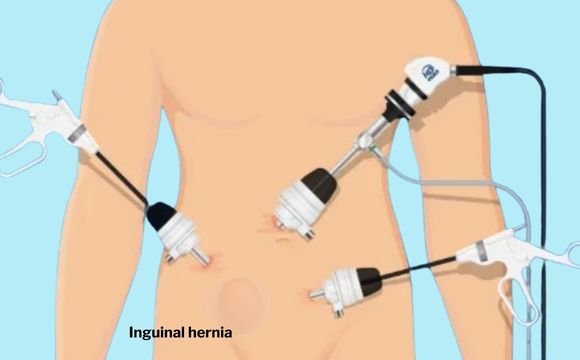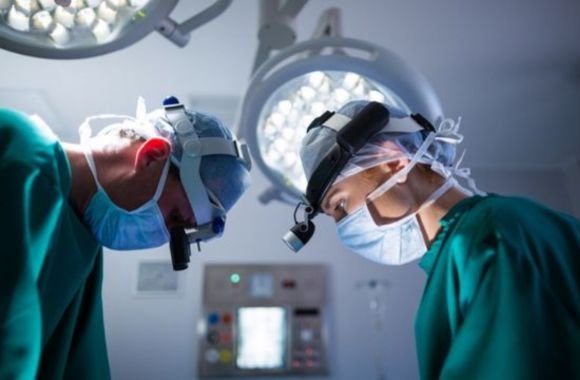 Book Appointment
Book Appointment
A hernia occurs when part of an internal organ or fatty tissue pushes through a weak spot in the abdominal wall. While small hernias may start as a harmless bulge, they rarely resolve on their own and can gradually worsen over time. In some cases, a hernia can lead to serious complications such as incarceration (trapped tissue) or strangulation (cut-off blood supply), which are medical emergencies. At our surgical practice, we specialize in advanced laparoscopic hernia treatment. With over 25 years of surgical expertise, more than 8,000 successful laparoscopic surgeries, and cutting-edge technology, we provide safe, effective, and minimally invasive solutions for all major types of hernias.
Whether you are struggling with an inguinal hernia in the groin, a ventral hernia in the abdominal wall, or an incisional hernia at the site of a previous operation, our compassionate, patient-first approach ensures that you get the best possible care.

Many patients live with hernias for months or even years, hoping they will “settle down.” Unfortunately, hernias do not heal without surgery. Over time, the bulge often grows larger and more uncomfortable. In rare but dangerous cases, a loop of intestine can get trapped inside the hernia, cutting off blood supply—a life-threatening situation requiring emergency surgery.
Early surgical repair is the safest choice to avoid these risks and to restore your quality of life.

Laparoscopic surgery (also called keyhole or minimally invasive surgery) is the modern, gold-standard technique for hernia treatment. Instead of making one large incision, the surgeon makes 3–4 tiny incisions and uses a thin camera called a laparoscope to view the hernia on a high-definition screen. The hernia is repaired from inside the abdomen, and a surgical mesh is placed to strengthen the weak area, greatly reducing the risk of recurrence.


Most patients are eligible for laparoscopic surgery, but suitability depends on:
Our team will conduct a thorough evaluation, including medical history, physical examination, and imaging if required, to decide the best approach for you.


Laparoscopic hernia surgery is safe, but possible risks include:
Our 25+ years of surgical expertise and strict safety protocols ensure excellent outcomes and minimal complications.
